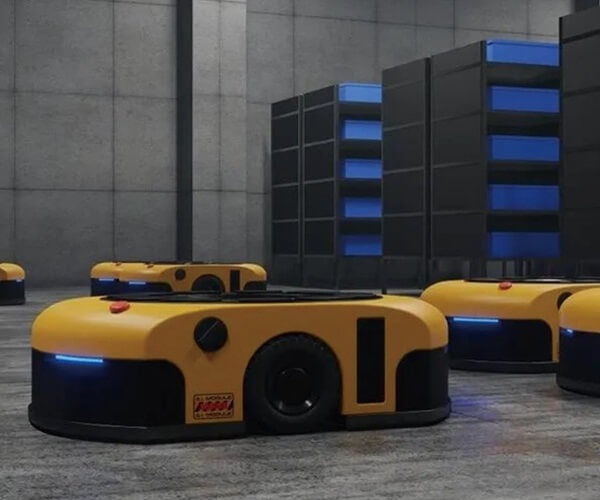part 1:
In the sprawling universe of machines and automation, few components are as vital or as intriguing as the geared motor. It’s a device that combines the raw power of an electric motor with the finesse of gear systems, creating a harmony that drives everything from tiny robotics to massive industrial machinery. But what exactly is a geared motor? And why has it become a cornerstone in the realm of engineering and automation?

The Basic Concept of a Geared Motor
At its core, a geared motor is a compact assembly that integrates a motor—most commonly an electric motor—with a gear train. The purpose? To modify the speed, torque, or both, of the motor’s output to better suit specific application needs.
Imagine trying to open a stubborn jar lid. Sometimes, you need a lot of torque for a small amount of rotation. Other times, you want to turn the lid quickly but with less force. Gears work like mechanical levers that amplify or reduce the motor’s performance, making a geared motor a versatile powerhouse.
Why Combine a Motor with Gears?
Electric motors are fantastic because they can produce high speeds with relatively low torque. But many industrial applications demand something different—either more torque to move heavy loads or slower speeds to ensure precision. That’s where gearboxes or gear trains come into play.
Gears are essentially toothed wheels that mesh with each other. When connected properly, they transmit rotational motion and modify the output characteristics of the motor.
For example:
Speed reduction: If the motor spins at thousands of revolutions per minute but the application needs only a few, gears can slow down that rotation significantly. Torque multiplication: Conversely, if a task requires a lot of force but not much speed, gears can amplify the motor’s torque output.
This synergy creates a customized, efficient, and reliable solution for numerous applications.
Types of Gears in Geared Motors
The gear train inside a geared motor isn’t one-size-fits-all. Different types of gears serve different purposes:
Spur Gears: Straight teeth, used for simple, high-efficiency power transmission between parallel shafts. Helical Gears: Angled teeth that offer smoother and quieter operation, suitable for high-speed applications. Worm Gears: A worm screw meshes with a gear (usually a worm wheel), perfect for large gear reductions and self-locking mechanisms. Planetary Gears: Multiple gears working together around a central sun gear, providing high torque in a compact design.
Each gear type influences the behavior, efficiency, and application of the geared motor.
The Anatomy of a Geared Motor
A typical geared motor consists of three main components:
Electric Motor: Usually a DC or AC motor, providing the initial rotational energy. Gearbox/gear train: The mechanical system that modifies speed and torque. Output Shaft: The part that delivers the manipulated rotational force to the machine or device.
The motor and gears are often housed together in a single, sealed casing, making the entire unit easy to install and maintain.
The Evolution of Geared Motors
From their rudimentary beginnings — where simple gear arrangements powered early machinery — geared motors have evolved into sophisticated, precision-engineered components. Advances in gear manufacturing, lubrication, and materials have increased their efficiency, lifespan, and performance consistency.
Today, you’ll find geared motors in everyday appliances, robotics, automobiles, and large-scale industrial systems. Their adaptability is unmatched because they can be customized to match specific torque and speed requirements.
The Advantages of Using a Geared Motor
Why choose a geared motor over a regular motor? Several benefits make these devices a favored choice:
Enhanced Efficiency: By tailoring the output to specific needs, geared motors reduce energy waste. Space-Saving Design: Combining the motor and gearbox in a single unit saves space, especially vital in compact automation setups. Increased Torque at Low Speeds: Perfect for applications requiring high force, like conveyor belts or lifts. Precise Speed Control: Gear ratios can be fine-tuned to achieve exact rotational speeds necessary for delicate tasks. Reliability and Durability: Good-quality geared motors are designed to withstand continuous operation under demanding conditions.
Common Applications of Geared Motors
These versatile components are everywhere:
Manufacturing and automation: Conveyors, robotic arms, and packaging machines. Automotive industry: Power steering and windshield wipers. Home appliances: Washing machines, garage door openers, and shredders. Renewable energy: Small wind turbines and solar tracking systems. Medical equipment: MRI and surgical robots.
Would you like to see the second part now?
Leveraging innovations in modular drive technology, Kpower integrates high-performance motors, precision reducers, and multi-protocol control systems to provide efficient and customized smart drive system solutions.




































